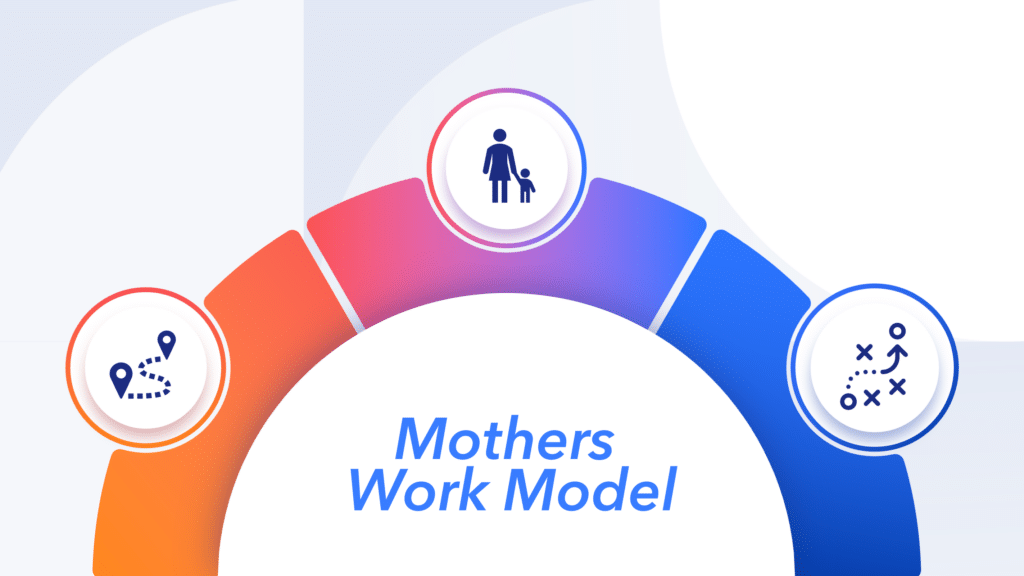As we exit an unprecedented pandemic and find ourselves in the midst of a turbulent economy, wars, and divided societies that are reckoning with social justice, workers are feeling the impact of all of these pressures while wanting to be productive and contribute to the communities in which they live and work.
The current challenges of our world have undoubtedly taken a toll on employees, leading to phenomena like the “great resignation,” quiet quitting, and widespread disengagement. Understanding the consequences of disengagement is essential for any organization seeking to improve productivity and employee commitment. From years of research, we know that increased engagement contributes to as high as 57% improvement in an employee’s discretionary effort[1]. But in 2022, Gallup found that active disengagement increased to 18%[2].
A purpose-driven brand strategy can play a crucial role in realigning the workforce, fostering meaningful connections, and rekindling the spark of engagement. So, how can leaders and employees become realigned and work toward their north star?
The power of purpose-driven brand strategy
The solution lies in understanding a company’s purpose and its essence. As you weave that purpose into the fabric of your organization, you can make a significant impact on employee engagement and pave the way for positive transformations.
At Sustena, a Pariveda company, brand strategists leverage a structured framework that draws insights from internal and external sources, as well as competitive research. The three pillars of this approach are:
Pillar 1: Employee feedback (internal)
Begin by listening to your employees. This straightforward yet often overlooked step can yield invaluable insights. By actively listening to your people, leaders gain valuable insights into the perception of the company’s purpose, unique offerings, challenges, and aspirations. Here are some topics to consider:
- How do your employees introduce or describe your company to a friend?
- What is unique and special about what they provide to their clients?
- What are their biggest hurdles?
- How would they want the company to look in the future?
- What do they think is the culture of the company? For example, is everyone still bitter about the restructuring that didn’t go well three years ago? Or are they struggling to provide the right skills to their customers?
Pillar 2: Client testimonials (external)
One of the brand strategists I work with has a saying, “Customers may be incorrect, but they are never wrong.” Your company exists because someone is buying your product, service, advice, or know-how. Engaging with both satisfied and challenging clients can provide a deeper understanding of how your brand is perceived.
- How do they describe your company to their peers?
- Why do they choose to work with you?
- What value does your company provide to them?
- What are the things they like most and least about working with you?
- Who else do they work with in your area of specialty? Are there any competitors you should pay attention to?
Pillar 3: Competitive research
Study your competition. Analyze your competitors’ messaging, visibility, and service offerings. Understanding the competitive brand landscape will allow you to uniquely position your company and carve out a unique space for your firm.
- What do your competitors do, say, and write about?
- Where are they most visible?
- How do they break their services?
Key dos and don’ts for a successful brand strategy
Do:
- Seek visible leadership support for the initiative
- Synthesize your findings into clear themes
- Quote your external clients for leadership to demonstrate credibility
- Offer anonymity to employees during the feedback process, fostering trust
Don’t:
- Spend extraneous time on discovery and analysis when getting started
- Underestimate the value of external interviews; this is as much of a service to your clients as it is to your company
- Wait to unveil your findings until you are all done; involve leadership and employees throughout the process to gather continuous feedback and improve the strategy
The role of external third-party expertise
Inviting an external third party to help you with this work and conduct the interviews on your behalf can be advantageous. Experienced firms, like Pariveda, bring tried-and-tested methodology honed over years of work with diverse clients. You will be viewed as more credible, and the investment you make will pay dividends in better customer satisfaction, increased employee morale, better engagement, and a refreshed and relevant brand strategy.
As organizations navigate through challenging times and strive to re-engage their employees, brand strategy emerges as a powerful tool. By anchoring the company’s purpose and values into the very fabric of the organization, leaders can forge a path to a more engaged and aligned workforce, one that thrives even amidst uncertainty.
[1] https://hbr.org/2004/12/the-things-they-do-for-love
[2] https://www.gallup.com/workplace/468233/employee-engagement-needs-rebound-2023.aspx














